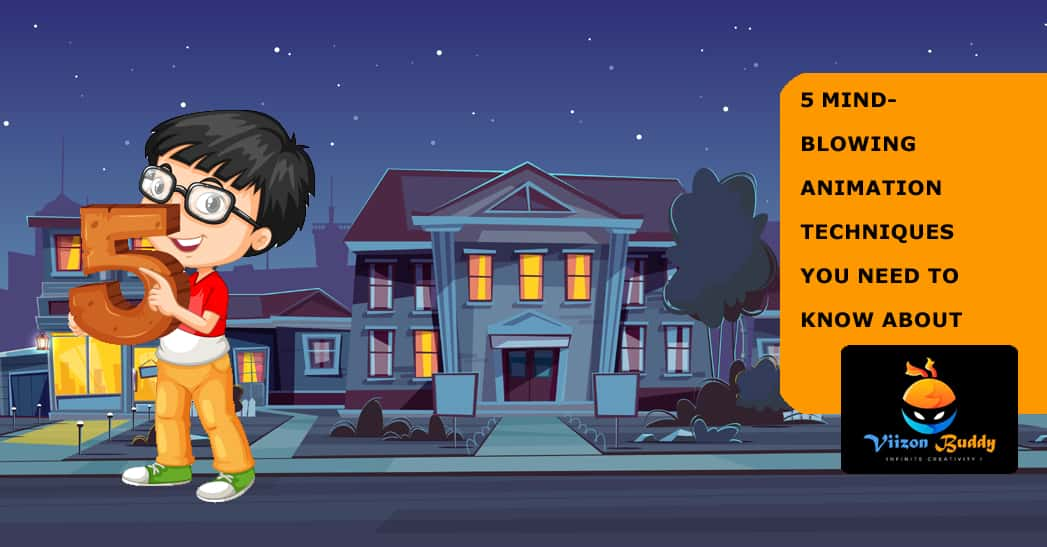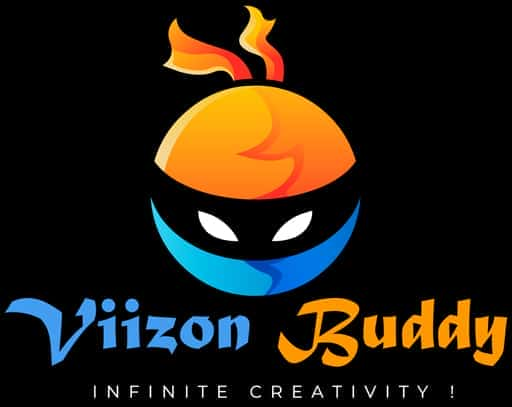Animation is a captivating art form that has evolved significantly over the years. From traditional hand-drawn animations to cutting-edge CGI, the world of animation continues to push the boundaries of creativity and innovation. In this article, we’ll explore five mind-blowing animation techniques that every enthusiast should know about.
- 3D Animation
One of the most revolutionary advancements in animation is 3D animation. Unlike traditional 2D animation, which involves drawing each frame by hand, 3D animation uses computer-generated imagery (CGI) to create lifelike three-dimensional characters and environments. This technique allows animators to achieve stunning realism and fluid motion, making it ideal for creating immersive worlds in films, video games, and television shows. - Motion Capture
Motion capture technology has revolutionized the way animators bring characters to life. Instead of manually animating each movement, motion capture involves recording the movements of real actors and mapping them onto digital characters. This technique not only streamlines the animation process but also adds a level of authenticity to the performances, resulting in more believable characters and scenes. - Stop Motion Animation
Stop motion animation is a classic technique that continues to captivate audiences with its charm and nostalgia. In stop motion, physical objects or puppets are manipulated and photographed one frame at a time to create the illusion of movement. Despite its labor-intensive nature, stop motion animation offers a unique aesthetic that is beloved by audiences of all ages. - 2D Vector Animation
While 3D animation has become increasingly popular, 2D vector animation remains a versatile and powerful tool for animators. Unlike traditional hand-drawn animation, which involves sketching each frame individually, 2D vector animation uses mathematical formulas to create smooth, scalable images. This technique is commonly used in motion graphics, explainer videos, and web animations, thanks to its flexibility and efficiency. - Augmented Reality (AR) Animation
Augmented reality animation combines the virtual world with the real world, allowing users to interact with digital elements in their physical environment. By overlaying computer-generated imagery onto live video footage, AR animation creates immersive experiences that blur the line between fiction and reality. From mobile apps to advertising campaigns, AR animation is shaping the future of interactive entertainment.
In conclusion, animation is a dynamic and ever-evolving art form that continues to push the boundaries of creativity and innovation. Whether it’s through cutting-edge CGI or classic stop motion techniques, animators have a wealth of tools at their disposal to bring their visions to life. By mastering these mind-blowing animation techniques, aspiring animators can unlock new possibilities and inspire audiences around the world.













 by
by 